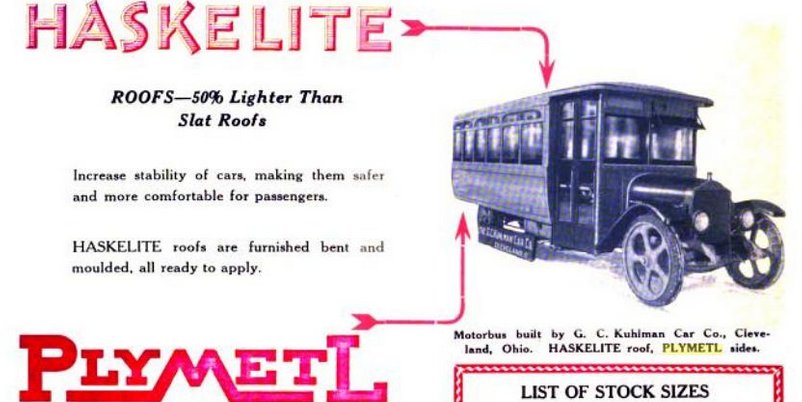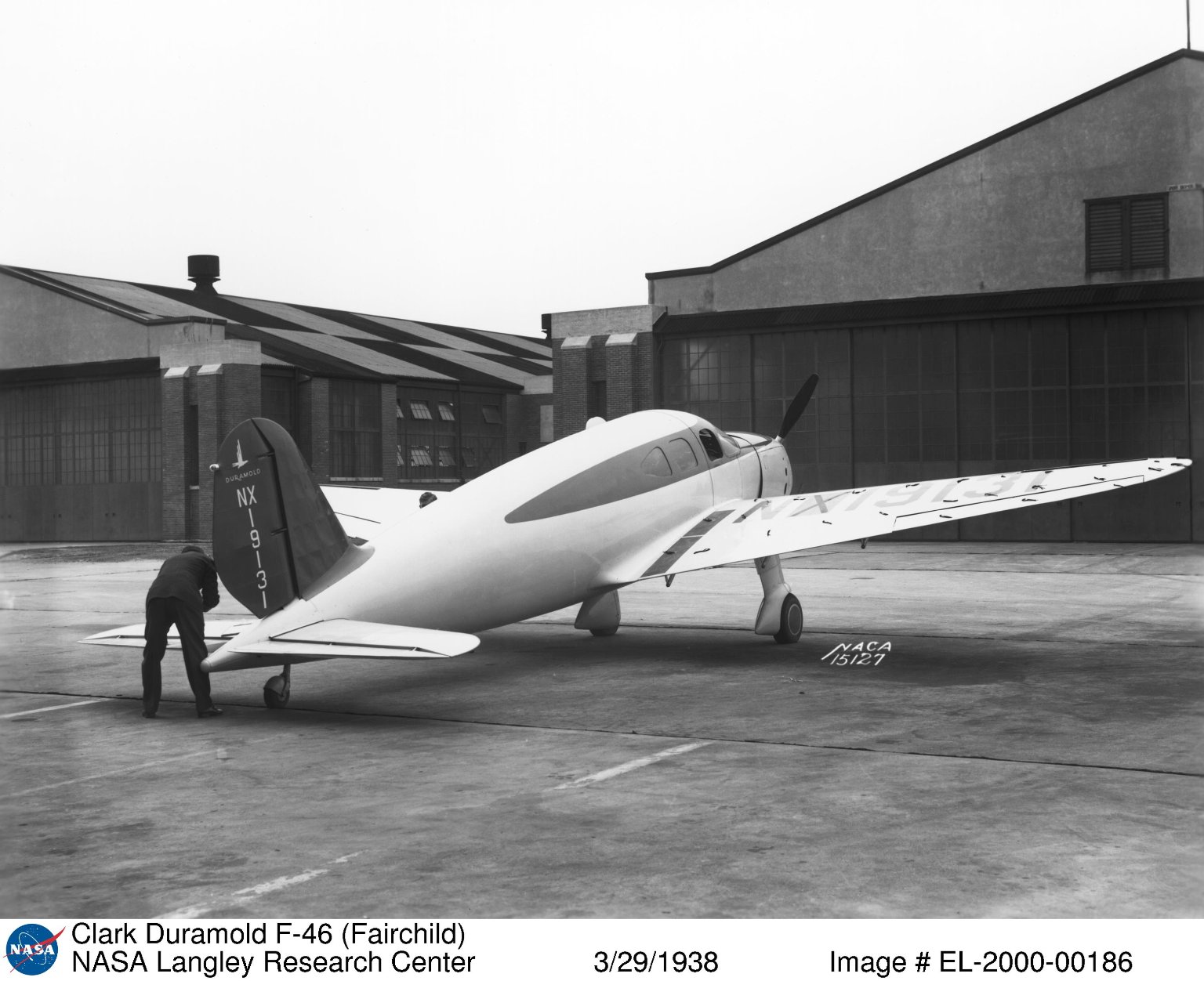Haskelite on:
[Wikipedia]
[Google]
[Amazon]
 Haskelite is the brand name of a plywood, once made by the Michigan-based Haskelite Manufacturing Corporation. It was made from waterproof glue developed by Henry L. Haskell. The moldable plywood was originally called Ser-O-Ply. It was used in the construction of various vehicles including military tanks, boats, airplanes, buses, trucks, and automobiles. The plywood was manufactured with different characteristics depending on particular needs and then given a brand name.
Haskelite is the brand name of a plywood, once made by the Michigan-based Haskelite Manufacturing Corporation. It was made from waterproof glue developed by Henry L. Haskell. The moldable plywood was originally called Ser-O-Ply. It was used in the construction of various vehicles including military tanks, boats, airplanes, buses, trucks, and automobiles. The plywood was manufactured with different characteristics depending on particular needs and then given a brand name.
 Haskelite was used for aircraft parts, especially
Haskelite was used for aircraft parts, especially
 The canoes were first made in 1916, put on the market for sale in 1917 and in 1930 lengthened to instead of the original . The Haskell canoe was marketed, sold and used throughout the United States and Canada.
The canoes were first made in 1916, put on the market for sale in 1917 and in 1930 lengthened to instead of the original . The Haskell canoe was marketed, sold and used throughout the United States and Canada.
 Haskelite is the brand name of a plywood, once made by the Michigan-based Haskelite Manufacturing Corporation. It was made from waterproof glue developed by Henry L. Haskell. The moldable plywood was originally called Ser-O-Ply. It was used in the construction of various vehicles including military tanks, boats, airplanes, buses, trucks, and automobiles. The plywood was manufactured with different characteristics depending on particular needs and then given a brand name.
Haskelite is the brand name of a plywood, once made by the Michigan-based Haskelite Manufacturing Corporation. It was made from waterproof glue developed by Henry L. Haskell. The moldable plywood was originally called Ser-O-Ply. It was used in the construction of various vehicles including military tanks, boats, airplanes, buses, trucks, and automobiles. The plywood was manufactured with different characteristics depending on particular needs and then given a brand name.
Background
Haskell invented a process for making a waterproof glue called "black albumin glue" from blood-albumin which was used to bond wood including a lightweight waterproof plywood which was initially known as Ser-O-Ply. The plywood was used for boats, airplanes, tanks, trucks, automobiles and rail cars. The plywood panels had various layers of crossed-grain ply veneers to create the thickness and strength. Typical moldable plywood panels were about wide by long and thick. The sheets made this way were eventually given the brand trade name of "Haskelite" after the inventor. Haskell formed a company for making plywood that ultimately became the Haskell Manufacturing Company inLudington, Michigan
Ludington ( ) is the largest city and county seat of Mason County in the U.S. state of Michigan. As of the 2010 census, the city population was 8,076.
Ludington is a harbor town located on Lake Michigan at the mouth of the Pere Marquette River ...
, and the Haskelite Manufacturing Corporation in Grand Rapids, Michigan
Grand Rapids is a city and county seat of Kent County in the U.S. state of Michigan. At the 2020 census, the city had a population of 198,917 which ranks it as the second most-populated city in the state after Detroit. Grand Rapids is th ...
. The glue was applied cold and spread onto wood veneers with rollers. A stack of three sheets of veneer was then put through a press, where each panel was subjected to a pressure of between metal plates at . This pressure and heat made the bond between the veneers permanent and the glue became insoluble
In chemistry, solubility is the ability of a substance, the solute, to form a solution with another substance, the solvent. Insolubility is the opposite property, the inability of the solute to form such a solution.
The extent of the solubi ...
. The plywood was given brand names depending on its characteristics. Plymetl had metal faces and was used in construction of airtight clothes vaults for storing furs and expensive garments. Plymold was a plastic-based plywood that could be molded, and Phemaloid was a fire-resistant paneling.
Airplanes
 Haskelite was used for aircraft parts, especially
Haskelite was used for aircraft parts, especially fuselage
The fuselage (; from the French ''fuselé'' "spindle-shaped") is an aircraft's main body section. It holds crew, passengers, or cargo. In single-engine aircraft, it will usually contain an engine as well, although in some amphibious aircraft t ...
s and wings starting with the Curtiss two-place fighter ''Whistling Bill'' which was the first molded plywood based aircraft. Haskell plywood was also used for construction of experimental and commercial aircraft including a 1927 Johnson Twin-60 experimental airplane with 85% Haskelite plywood in its wings, seats, instrument board, and fuselage parts. The first successful commercial airplane it was used on was the 1937 Fairchild Aircraft
Fairchild was an American aircraft and aerospace manufacturing company based at various times in Farmingdale, New York; Hagerstown, Maryland; and San Antonio, Texas.
History
Early aircraft
The company was founded by Sherman Fairchild in ...
F-46.
During World War I
World War I (28 July 1914 11 November 1918), often abbreviated as WWI, was List of wars and anthropogenic disasters by death toll, one of the deadliest global conflicts in history. Belligerents included much of Europe, the Russian Empire, ...
the company produced over of plywood for use in aircraft. In 1927, the company manufactured aircraft body parts for Charles Lindbergh
Charles Augustus Lindbergh (February 4, 1902 – August 26, 1974) was an American aviator, military officer, author, inventor, and activist. On May 20–21, 1927, Lindbergh made the first nonstop flight from New York City to Paris, a distance o ...
's '' Spirit of St. Louis'' single engine plane, and during World War II
World War II or the Second World War, often abbreviated as WWII or WW2, was a world war that lasted from 1939 to 1945. It involved the World War II by country, vast majority of the world's countries—including all of the great power ...
Haskelite was used for parts for airplane trainers, gliders, bombers, and transports including components for Britain's De Havilland Mosquito
The de Havilland DH.98 Mosquito is a British twin-engined, shoulder-winged, multirole combat aircraft, introduced during the World War II, Second World War. Unusual in that its frame was constructed mostly of wood, it was nicknamed the "Wooden ...
fighter bombers and the Cessna AT-17 Bobcat
The Cessna AT-17 Bobcat or Cessna Crane is a twin-engine advanced trainer aircraft designed and made in the United States, and used during World War II to bridge the gap between single-engine trainers and larger multi-engine combat aircraft. Th ...
.
Duramold
In 1939 a waterproof plywood called Duramold, consisting of thin veneers of wood and cloth joined together using glue, heat and pressure, and designed for aircraft construction was invented. Duramold weighed about one-third of the weight of the aluminum alloys used at the time whilst being stronger and an entire fuselage could be turned out in two halves then sealed together mechanically. The General Bakelite Company and Haskelite Manufacturing joined the Clark Aircraft Company ofHagerstown, Maryland
Hagerstown is a city in Washington County, Maryland,
United States and the county seat of Washington County. The population of Hagerstown city proper at the 2020 census was 43,527, and the population of the Hagerstown metropolitan area (exte ...
to manufacture planes designed by Virginius E. Clark
Virginius Evans Clark (February 27, 1886 – January 30, 1948) was an officer in the United States Army, a military aviation pioneer, and a World War I engineer. Clark designed the 1922 Clark Y airfoil used by many early aircraft.
Biograph ...
using Duramold with additional financing provided by Howard Hughes
Howard Robard Hughes Jr. (December 24, 1905 – April 5, 1976) was an American business magnate, record-setting pilot, engineer, film producer, and philanthropist, known during his lifetime as one of the most influential and richest people in t ...
.
Boats and canoes
Haskelite was also used to make watercraft, including the Haskell canoe, which was made from a single sheet ofbirch
A birch is a thin-leaved deciduous hardwood tree of the genus ''Betula'' (), in the family Betulaceae, which also includes alders, hazels, and hornbeams. It is closely related to the beech- oak family Fagaceae. The genus ''Betula'' cont ...
and redwood
Sequoioideae, popularly known as redwoods, is a subfamily of coniferous trees within the family Cupressaceae. It includes the largest and tallest trees in the world.
Description
The three redwood subfamily genera are '' Sequoia'' from coasta ...
plywood molded into the shape of a canoe using hydraulic presses and fastened at the bow and stern with a bent strip of ash.
 The canoes were first made in 1916, put on the market for sale in 1917 and in 1930 lengthened to instead of the original . The Haskell canoe was marketed, sold and used throughout the United States and Canada.
The canoes were first made in 1916, put on the market for sale in 1917 and in 1930 lengthened to instead of the original . The Haskell canoe was marketed, sold and used throughout the United States and Canada.
See also
*Carrom Company
Carrom Company (also Carrom Industries) was a manufacturer of games and furniture, headquartered in Ludington, Michigan. It started as Ludington Novelty Company in the 19th century. Its main product was the game of carroms. The company first s ...
* Haskell Manufacturing Company
* Haskelite Manufacturing Corporation
References
Sources
* * * * * * * *External links
* *{{Commonscat-inline, Haskell canoe Plywood Brand name materials Science and technology in Michigan